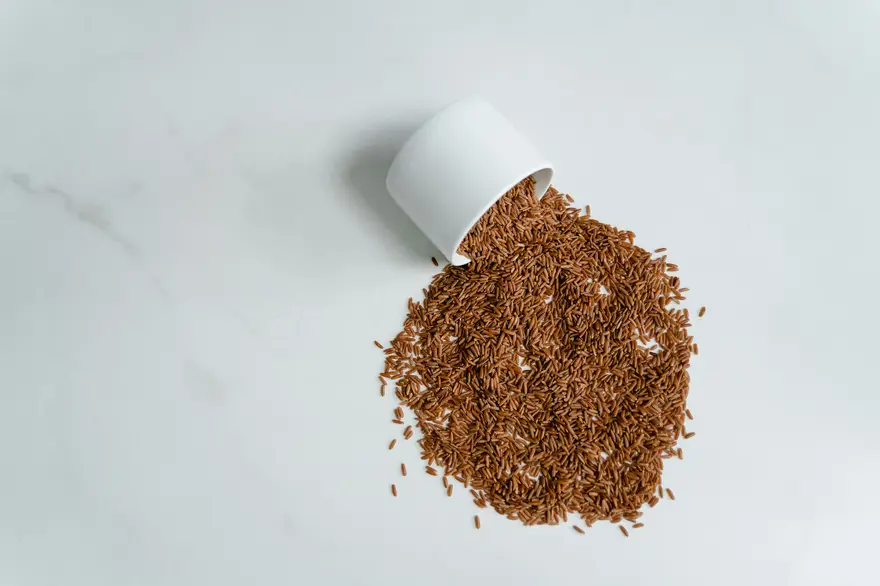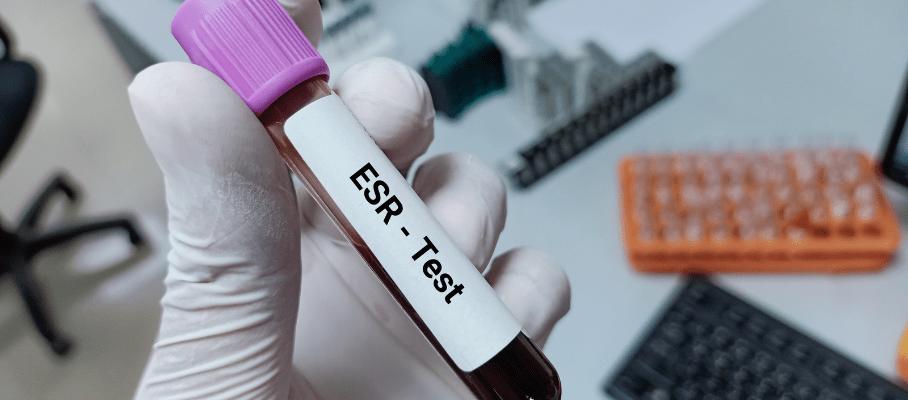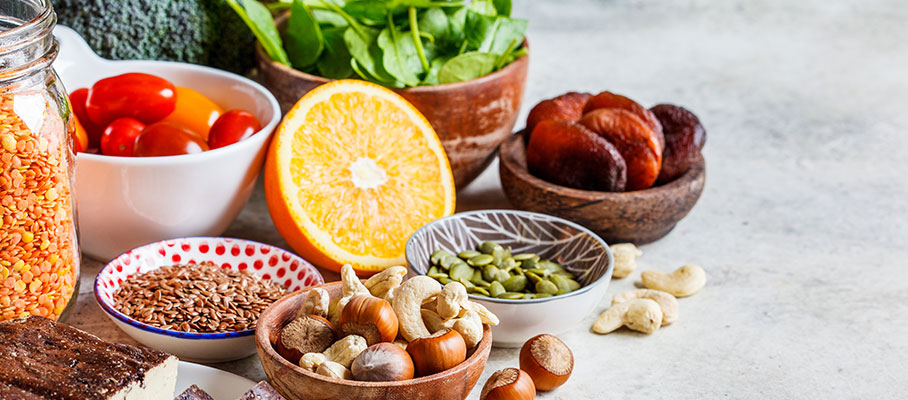Preventive Healthcare
Is Brown Rice Good for Diabetes? How It Can Help Manage Blood Sugar Levels
129 Views
0

Introduction
For individuals living with diabetes, making informed dietary choices is crucial for managing blood sugar levels and overall health. One common question that arises is, "Is brown rice good for diabetes?" As a nutrient-rich whole grain, brown rice has gained attention for its potential benefits in diabetes management. In this article, we'll explore the properties of brown rice, its impact on blood sugar, and how it can be incorporated into a diabetes-friendly diet.
Benefits of brown rice for diabetes
Brown rice offers several advantages for individuals with diabetes:
- High fibre content: Brown rice is an excellent source of dietary fibre, which can help:
- Slow down digestion and reduce post-meal blood sugar spikes
- Promote feelings of fullness and support weight management
- Improve overall digestive health
- Nutrient-rich: Compared to refined grains, brown rice retains its bran and germ layers, which are packed with essential nutrients. It contains:
- Magnesium, which may improve insulin sensitivity and lower the risk of diabetes complications
- B vitamins, which support energy metabolism and nerve function
- Antioxidants, which help protect cells from damage caused by oxidative stress
- Lower glycaemic index: The glycaemic index measures how quickly a food raises blood sugar levels. Brown rice has a lower glycaemic index compared to white rice, meaning it causes a slower and more gradual rise in blood glucose.
How does brown rice affect blood sugar?
When considering "is brown rice good for diabetes patients," it's essential to understand its impact on blood sugar. Here's how brown rice compares to other grains:
- Brown rice releases glucose into the bloodstream at a slower rate than refined grains like white rice, thanks to its intact bran layer and higher fibre content.
- Studies have shown that substituting white rice with brown rice can lead to improved blood sugar control and reduced risk of type 2 diabetes.
- However, portion control remains crucial, as brown rice still contains carbohydrates that can affect blood sugar levels when consumed in excess.
Can brown rice help prevent type 2 diabetes?
Research suggests that consuming whole grains, including brown rice, may help reduce the risk of developing type 2 diabetes. Here's the relation between brown rice and diabetes:
- The fibre and nutrients in brown rice can improve insulin sensitivity and support healthy blood sugar regulation.
- Substituting refined grains with whole grains like brown rice may help maintain a healthy body weight, which is a key factor in diabetes prevention.
- A study found that replacing 50 grams of white rice with brown rice daily was associated with a 16% lower risk of developing type 2 diabetes.
Portion sizes and safe consumption
To safely incorporate brown rice into a diabetes-friendly diet, consider the following guidelines:
- Portion control: Aim for about 1/2 cup (100 grams) of cooked brown rice per serving to keep carbohydrate intake in check.
- Balanced meals: Pair brown rice with non-starchy vegetables, lean proteins, and healthy fats to create well-rounded, nutrient-dense meals.
- Monitoring: Regularly check your blood sugar levels and work with your healthcare team to assess how brown rice affects your individual glucose response.
Diabetes-friendly brown rice recipes
Here are some delicious ways to enjoy brown rice as part of a diabetes-friendly diet:
- Stir-fries: Combine brown rice with colourful vegetables, lean proteins, and low-sodium seasonings for a nutritious and satisfying meal.
- Grain bowls: Layer brown rice with roasted vegetables, grilled chicken or tofu, and a drizzle of olive oil for a nourishing and flavourful dish.
- Salads: Toss cooked and cooled brown rice with fresh greens, diced cucumbers, cherry tomatoes, and a light vinaigrette for a refreshing and fibre-rich salad.
Healthy alternatives to brown rice
While brown rice is good for diabetes, it's not the only option. If you're looking to mix things up, consider these nutritious alternatives:
- Quinoa
- Oats
- Barley
- Cauliflower rice
- Whole-grain pasta
Conclusion
So, is brown rice good for diabetes? The answer is yes; brown rice can be a valuable addition to a diabetes-friendly diet when consumed in moderation. Its high fibre content, nutrient density, and lower glycaemic index make it a healthier alternative to refined grains. By incorporating brown rice into balanced meals and monitoring portion sizes, individuals with diabetes can enjoy its benefits while effectively managing their blood sugar levels.
Remember, every person's dietary needs are unique, so it's essential to work closely with your healthcare team to develop a personalised meal plan. If you have concerns about your blood sugar management or wish to explore diagnostic testing options, consider reaching out to Metropolis Healthcare. With a network of advanced diagnostic labs across India and a team of skilled phlebotomists for at-home sample collection, Metropolis Healthcare is committed to providing accurate results and personalised care to support your health journey.
FAQs
How much brown rice is safe to eat?
For individuals with diabetes, a serving size of about 1/2 cup (100 grams) of cooked brown rice per meal is generally recommended to manage carbohydrate intake effectively. However, it's essential to consider your individual nutritional needs and consult with a doctor for personalised guidance.
Is brown rice higher in sugar?
No, brown rice is not inherently higher in sugar compared to other rice varieties. In fact, brown rice contains more fibre and nutrients than refined white rice, which can help slow down the absorption of sugar into the bloodstream.
Can diabetics eat brown rice daily?
While brown rice can be a part of a diabetes-friendly diet, it's important to consume it in moderation and monitor portion sizes. Eating brown rice daily is possible, but it should be balanced with other nutrient-dense foods and aligned with your individual carbohydrates goals.
Is brown rice better than chapati for diabetics?
Brown rice and whole wheat chapati both offer nutritional benefits for individuals with diabetes. However, brown rice tends to have a lower glycaemic index and higher fibre content compared to refined flour chapatis. Ultimately, the choice between the two depends on personal preferences and overall dietary balance.
Which rice is best for diabetics?
When it comes to rice options for individuals with diabetes, brown rice is generally preferred over white rice due to its higher fibre content, lower glycaemic index, and nutrient density. Other whole-grain rice varieties, such as wild rice or red rice, can also be suitable choices when consumed in moderation.























 WhatsApp
WhatsApp